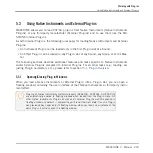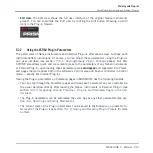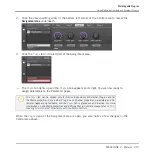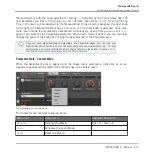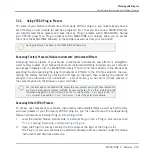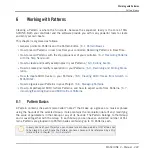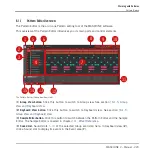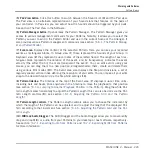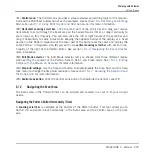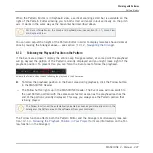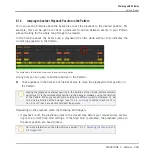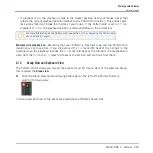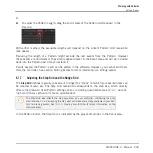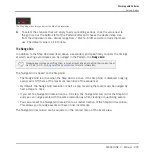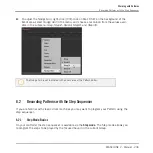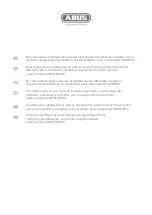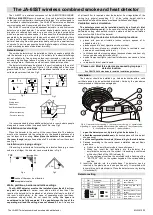
Saving VST/AU Presets as MASCHINE Plug-in Presets
Once you have loaded a VST/AU preset (user preset of a Native Instruments instrument/effect
or any preset of a third-party VST/AU instrument or effect) using the method described above,
you can save it as a Plug-in preset in MASCHINE via the
Save As…
or
Save As Default…
com-
mands of the Plug-in menu (see section
5.1.9, Saving and Recalling Plug-in Presets
). Once
this is done, your preset will be available as a user preset in the Instrument or Effect category
of the MASCHINE Browser.
5.3.5
Multiple-Output Plug-ins and Multitimbral Plug-ins
MASCHINE allows an extended use of multiple-output Plug-ins as well as multitimbral Plug-
ins.
Multiple-Output Plug-ins
Multiple-output Plug-ins are Plug-ins with more than one audio stereo output.
When a multiple-output Plug-in is loaded into a Sound, MASCHINE uses its available outputs
as follows:
▪
The Plug-in’s first output pair is inserted in the usual Plug-in signal chain: This output pair
is fed into the input of the next Plug-in slot (or sent to the channel output if the Plug-in is
in the last Plug-in slot).
▪
The Plug-in’s additional outputs are made available as audio sources for other Sounds of
the same Group (they appear in the
Source
menu in the
Audio
page of the Input properties
for these Sounds). This can be used to build advanced routings in MASCHINE. For more
information on configuring audio inputs for Sounds, please refer to section
Multitimbral Plug-ins
Multitimbral Plug-ins are Plug-ins that can receive MIDI on top of the host control.
When a multitimbral Plug-in is loaded into a Sound, the other Sounds of the same Group can
send MIDI data to this Plug-in: The Plug-in will appear as additional port in the
Dest.
menu on
the
MIDI
page of the Output properties for these Sounds. For more information on configuring
MIDI output for Sounds, please refer to section
7.2.5, Sending MIDI from Sounds
Working with Plug-ins
Using Native Instruments and External Plug-ins
MASCHINE 2 - Manual - 221




